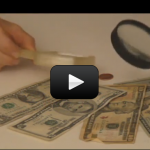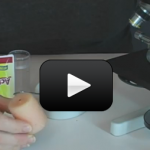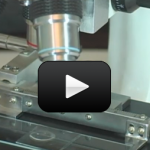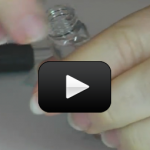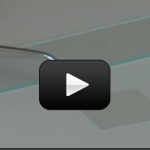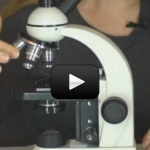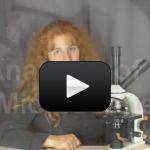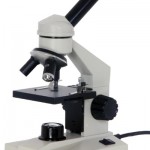Getting Started
This is an introduction to the microscope, and we’re going to not only how to use a microscope but also cover the basics of optics, slide preparation, and why we can see things that are invisible to the naked eye. Microscopes are basically two lenses put together to make things appear larger.
The first thing you need to do is select a compound microscope. While you can do these lessons without one, it’s really a totally different experience doing it with a scope. Cheap microscopes are going to frustrate you beyond belief, so here are the ones we recommend that will last your kids through college. You’ll want one with the optional mechanical stage (instead of stage clips), fine and coarse adjustment knobs, and at least three objectives. Click here for our microscope equipment recommendations.
If you’ve just purchased a microscope, keep it in its packaging until you watch the videos in this section. We’ll show you how to handle it, store it, and where not to touch. Your first job is to start collecting as many interesting windowsill insects as you can find.

